The study of ancient civilizations has captivated historians and archaeologists for generations. However, one of the enduring challenges in understanding ancient cultures lies in deciphering their languages. Throughout history, many civilizations have left behind written records that remain undeciphered.
Fortunately, by applying scientific concepts and utilizing common linguistic traits, historians and archaeologists have made significant strides in understanding these mysterious civilizations.
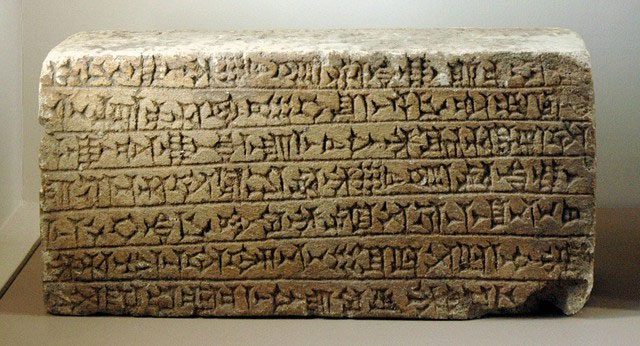
An ancient stone tablet with inscriptions.
Starting Point
Sometimes, archaeologists can reconstruct unknown languages by finding transcriptions in languages that are understandable. For example, the Rosetta Stone is a famous ancient artifact inscribed in three languages: Egyptian hieroglyphs, Demotic script, and Greek. It provides an essential key to deciphering Egyptian hieroglyphs.
By comparing the known Greek text with the unknown scripts, linguist Jean-François Champollion made a groundbreaking breakthrough in 1822. Another Egyptologist, Thomas Young, used the Demotic alphabet to translate parts of the text on the Rosetta Stone.
This monumental achievement unlocked the mysteries of ancient Egyptian civilization, completely transforming our understanding of history. The Rosetta Stone serves as a bilingual “key” that bridges the gap between ancient and modern languages, allowing scholars to decode and interpret the complex hieroglyphic system that recorded Egyptian civilization.
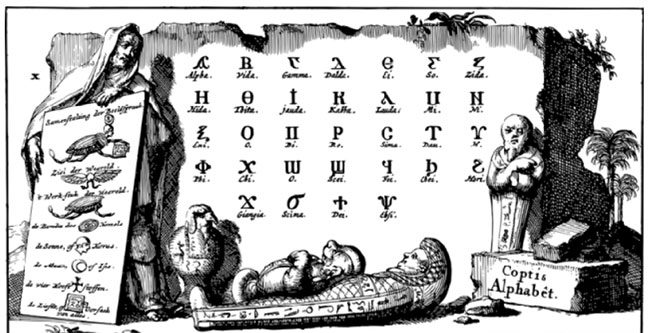
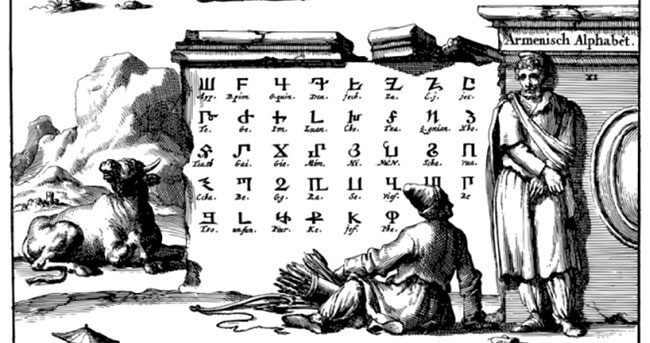
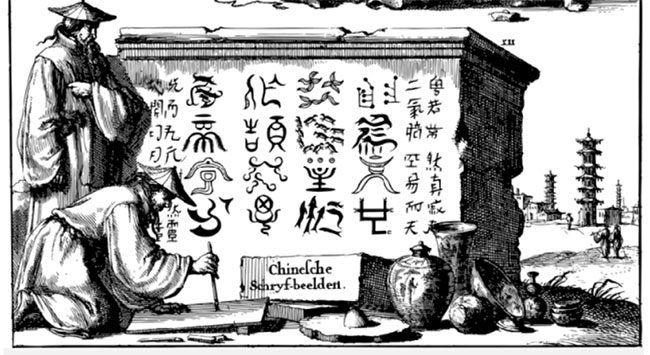
Ancient civilizations display profound linguistic diversity. (Illustrative image).
Linguistic Diversity and Language Decline
Ancient civilizations exhibit profound linguistic diversity, as languages naturally evolve and change over time. Therefore, interpreting ancient inscriptions becomes challenging without clear connections to modern languages. Moreover, the obstacles posed by language decline and extinction further complicate the task of deciphering these ancient linguistic forms, as entire languages can be lost without any living descendants to aid in understanding them.
The Indus Valley Civilization, which thrived from 2600 to 1900 BCE, left behind a distinctive writing system that remains undeciphered to this day. Despite extensive archaeological excavations that have uncovered numerous inscriptions, the complex nature of the script, coupled with the absence of a bilingual stone like the Rosetta Stone, has hindered progress in uncovering the secrets of this language.
However, even if the script itself is elusive, the surrounding context can still provide valuable clues. Much like an archaeologist examining a tomb, researchers use the context in which the writing is found to infer its meaning. If it is inscribed on the walls of a burial chamber, it may be interpreted as a linguistic sign of “Rest in Peace,” alluding to funerary rituals and beliefs about the afterlife.
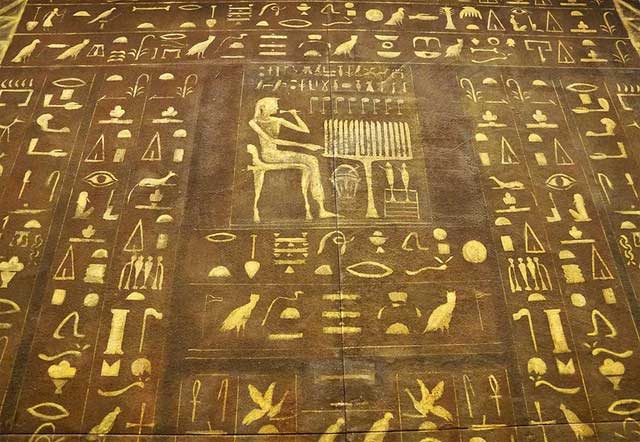
Tombs often serve as archaeological evidence of language use.
Comparative Linguistics and Language Families
Imagine deciphering as a mysterious scenario akin to a puzzle with no clues. In such cases, scholars turn to deciphering by comparing the mysterious writing with other known scripts that have already been decoded. It is like finding a similar puzzle piece and fitting it into the right spot. By utilizing knowledge gained from previously deciphered scripts, they can unlock hidden meanings and create a bridge between the known and the unknown.
One approach to understanding undeciphered languages is through comparative linguistics. By identifying language families and using cognate words, linguists can draw connections between known languages and potentially decode unknown scripts. This method is based on the assumption that related languages share similarities in grammar, vocabulary, and phonetic patterns.
The successful decipherment of Maya hieroglyphs is a prime example of the effective application of comparative linguistics. By comparing Maya writing with modern Maya languages, researchers were able to identify key linguistic features and make significant progress in deciphering the hieroglyphic system. This breakthrough has greatly enhanced our understanding of Maya civilization.
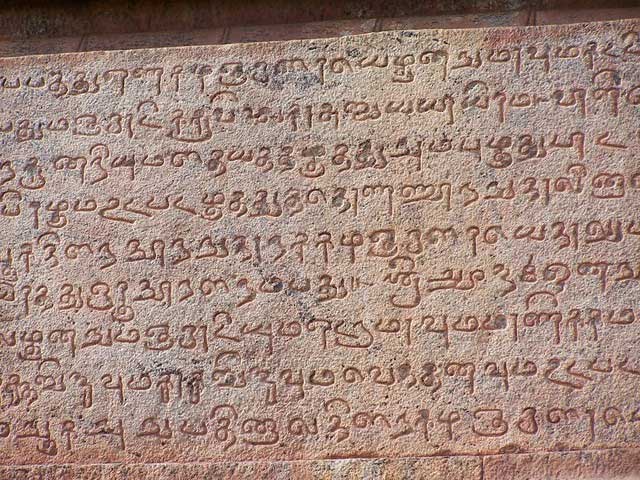
Comparative linguistics aids in the successful decipherment of Maya hieroglyphs. (Illustrative image).
Statistical Analysis and Computational Linguistics
In cases where it is difficult to find linguistic connections, statistical analysis and computational linguistics can be valuable tools. By examining the frequency of different characters or symbols, these techniques can illuminate hidden patterns and structures to understand ancient words.
By analyzing large textual datasets, researchers can identify recurring patterns, such as word frequency, phrases, and syntactic structures. These statistical insights enable scholars to formulate informed hypotheses about the meanings and grammars of undeciphered languages.
Linear B, used by the Mycenaean civilization at the end of the Bronze Age, remained a mystery until it was deciphered in the 1950s. By applying statistical analysis to the available text corpus, linguist Michael Ventris identified recurring word patterns and successfully linked the writing system to the early form of Greek. This breakthrough provided profound insights into Mycenaean civilization and their administrative activities.
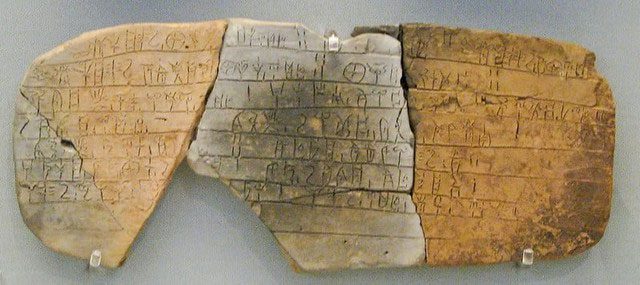
Linear B was used to reconstruct an entire civilization.
Iconographic Analysis and Contextual Understanding
When deciphering proves challenging, scholars may also delve into the realm of iconographic and contextual analysis. By exploring the visual descriptions and archaeological contexts accompanying mysterious writings, researchers gather insights into culture, religion, and history, thereby achieving a deeper understanding of the civilization under study.
Mysterious iconography found in Mesoamerican cultures, such as the Olmec and Zapotec civilizations, presents a formidable challenge in terms of language decipherment. However, through meticulous study of iconography and contextual interpretation, researchers have uncovered significant information about the social structure, religious beliefs, and political systems of these cultures. These discoveries underscore the paramount importance of interdisciplinary approaches in shedding light on the mysteries of civilizations with undeciphered languages.
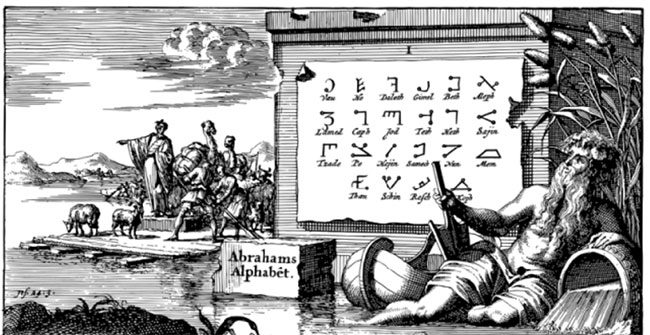
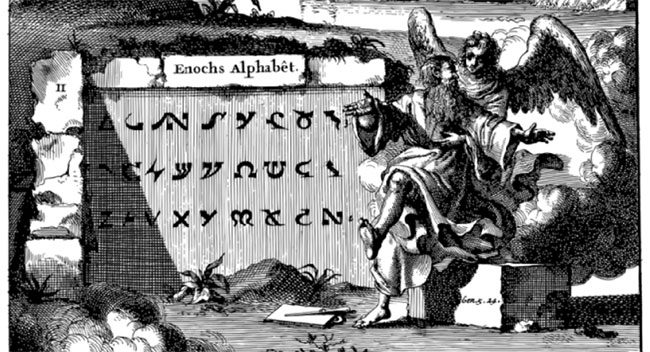
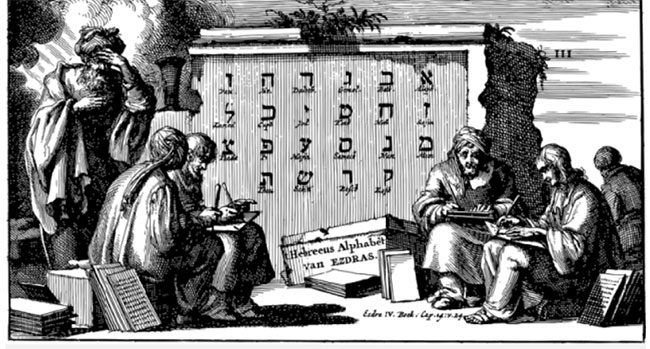
Iconographic analysis and context are also applied when language decipherment is challenging. (Illustrative image).
Not All Languages Can Be Deciphered.
Deciphering the languages of ancient civilizations is a challenging yet vital task for historians and archaeologists. With each breakthrough, we come closer to understanding the civilizations that communicated in languages lost to time.
Nevertheless, there are still many scripts that hold mysteries beyond our understanding.


















































